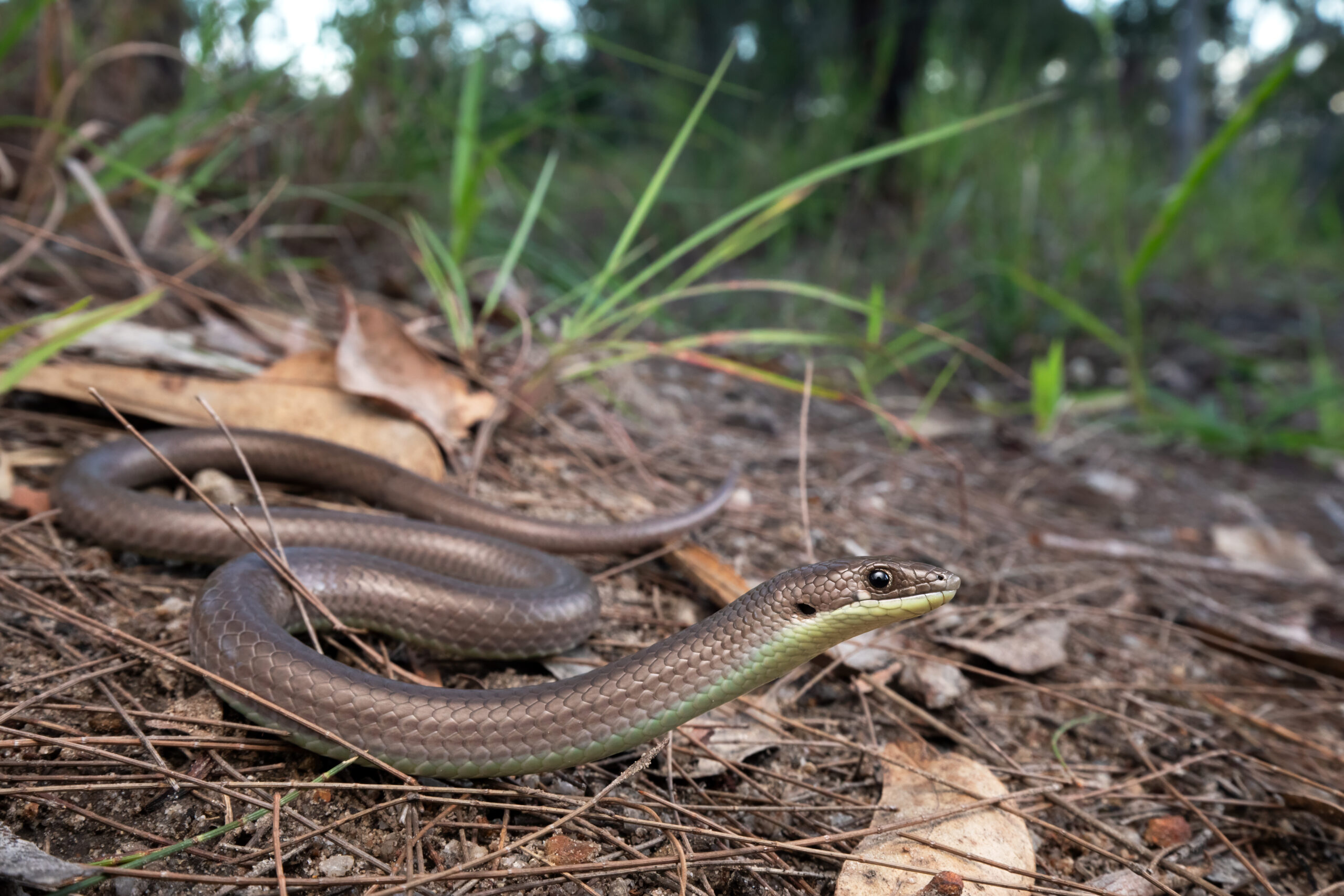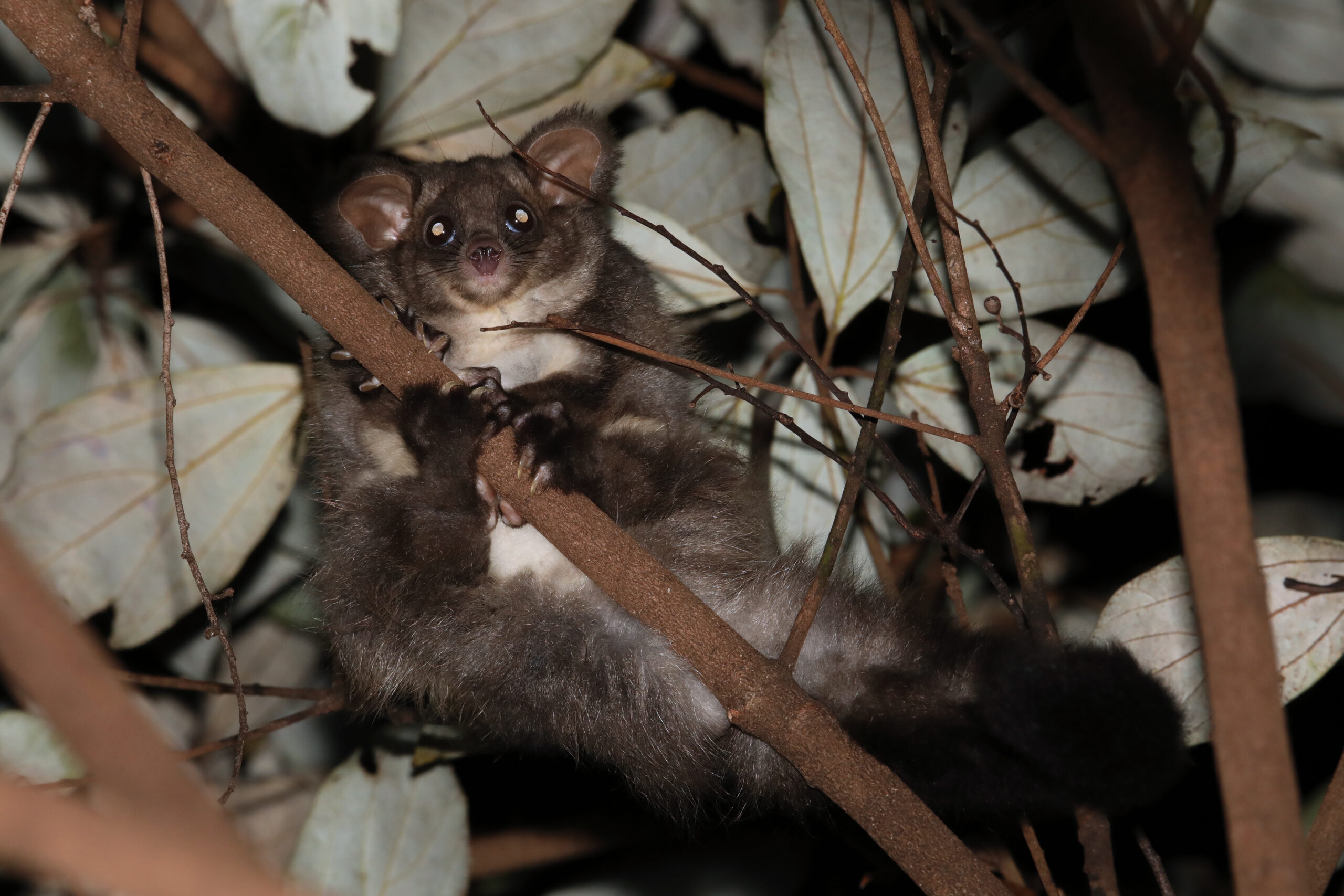Photography by Dr Edward Evans
We’re conditioned to believe the end of the world will arrive like a clamorous “thud!” on a corrugated roof – the kind of announcement you’d receive just before the sky splits open. Freed from humanity’s blissful ignorance, this ‘apocalypse’ will finally unveil itself and get to work on building 20-foot walls of water, imprisoning cities in unseasonal blizzards, and slicing open the earth with not-so-surgical incisions.
Contrary to this popular belief, catastrophe is not always so obnoxious. Instead, it can be as simple as waking up and wondering where the world went; failing to find the trap door through which the wild slipped away in search of a safer place to call home – a place we aren’t currently providing.
The state of biodiversity in Australia more closely emulates the latter scenario: a quiet yet devastating decrease in native species, fueled by invasive pests, environmental destruction and a warming climate. The issues are mostly visible, though solutions remain shrouded in controversy.
There is, fortunately, much to be learned from a precipice: when we confront the reality of ecosystem collapse with proactive conservation and cultural shifts, the brink becomes less a guaranteed coffin and more a vantage point for change.
Ecologist, wildlife photographer and Gulf Savannah NRM (GSNRM) Biodiversity Officer Dr Edward Evans echoes these sentiments, stressing that conservation cannot keep playing catch-up if we hope to protect our native wonders.
“When it comes to conservation, we’re often more reactive than proactive, with most attention going to species already imperiled,” Dr Evans said. “Very little thought is put into broader scale ecosystem collapse that could occur due to things like climate change or various other processes that are happening – this is what many ecologists are concerned about.”
Bracing for broader scale ecosystem collapse
Though ecosystems boast thousands to millions of years of experience, evolution cannot always account for human interference; some threats are skilled in unpicking nature’s intricate stitches until species have slipped through the seams.
According to the WWF 2024 Living Planet Report, global wildlife populations have declined by 73 per cent in just 50 years. In Australia, the picture is even more sobering: amphibians have plummeted by 97 per cent, while birds and mammals continue to vanish at alarming rates.
CSIRO now lists more than 1,600 species as threatened, with another slipping into extinction roughly every two years. Though species loss is concerning within itself, the danger escalates further when shrinking numbers could unravel entire ecosystems.
“Even if a species isn’t officially listed as threatened, a big population drop can still have serious impacts on the role it plays in the ecosystem,” Dr Evans said. “For example, bettongs eat truffles, so they’re quite important dispersers of fungi spores. What happens if you take bettongs out of the ecosystem? I can’t tell you, but there’ll be knock-on impacts on fungi, and there’ll be knock-on impacts on other species that eat fungi.”
Dr Evans went on to apply this principle to one of Northern Queensland’s most iconic species:
“As another clear example, it’s the same with cassowaries – some plants rely solely on them to disperse their seeds. If you take them out of the system, it wouldn’t be a shock to find that the tree is no longer dispersed.”
These cases highlight how the loss of even a single species can trigger uncertain flow-on effects, underscoring the importance of proactive conservation. As Dr Evans notes:
“The reality is that for many species we don’t fully understand the functions they perform within the ecosystem, and what will happen if their numbers crash.”
Broadening our definition of ‘biodiversity’
With so many species facing disappearance, it begs the question – what shape will our nation take if its ecological silhouette is erased?
Australia’s chest rises and falls to the swirl of the curlew, its wrinkles find their crease in the cackle of the kookaburra. Gently press a stethoscope to its chest and you’ll discover we’ve got eucalyptus in our lungs and a dawn chorus of unique birdsong on our breath. To lose our native fauna and flora would be like amputating a vital organ, a memory, and a culture all in one; if we hemorrhage, who knows what else will leak out along the way.
And while nature runs deep in our daily lives and constructs our collective image, the reality is that our concern is unevenly spread. Some species are beloved household names (such as the aforementioned curlew and kookaburra), while many others slip quietly toward the brink in obscurity. Dr Evans discusses this considerable gap between our nation’s fan favourite fauna and the many extraordinary species that rarely make headlines:
“In Australia, we have a large diversity of unique animals, but there are only a few iconic species that get the most interest,” he said. “There’s a very skewed bias towards particular things like koalas, but then there are critically endangered lizards with relatively tiny distributions that are extremely unique and of very high biodiversity value, yet they get very little attention.”
Data backs up Dr Evans’ sentiment, as funding shows more than $76 million is being poured into the Saving Koalas Fund over the next 4 years, while figures remain mostly undocumented when it comes to reptile and amphibian protection.
GSNRM is fighting that imbalance on the ground: in Tagalaka Country, we’ve worked with Traditional Owners to protect the northern snake-necked turtle (Chelodina rugosa), a largely unfamiliar species, from pig predation. Preserving lesser-known species like this turtle reminds us that it’s not only ecology at stake, but also culture and history.
GSNRM Indigenous Engagement Officer Natarsha Bell captures this message:
“From a cultural approach, we have to think: what does the disappearance of a turtle actually mean?” Ms Bell said. “This is a storyline for Tagalaka Traditional Owners, so this little turtle holds a lot of value to the Tagalak people. Saving the turtles is saving our cultural storyline.”
A crucial step in conservation then is perhaps to broaden our view of biodiversity, to recognise more as worth protecting, and consider the cultural implications of conservation work.

A little responsibility goes a long way
Whether the ‘apocalypse’ comes crashing through a window or creeps up from the floorboards, biodiversity loss isn’t something we need to sit idly by and spectate: our hands and minds have long known how to mend humanity’s trail of mishaps. As agriculturalists, artists, and scientists, our desire to problem-solve persists like a phantom limb, still reaching for tools, words, and one another, even when crisis threatens to cut us off.
It’s that same instinct which drives GSNRM’s newly appointed Biodiversity Officer, Océane Dupont. For Ms Dupont, the value of biodiversity is more than professional — it’s personal, raising the stakes for whatever steps we take next.
Working closely with landholders, Traditional Owners and conservation projects in the Gulf, she sees firsthand how deeply people and ecosystems are intertwined, and that biodiversity’s benefits are not abstract.
“People should care about biodiversity and conserving the nature we have,” Ms Dupont said. “It gives us so much in ecosystem benefits, economic benefits, social benefits and cultural. There are a thousand reasons why we should care about nature, even more than we do right now.”
That attitude is echoed by a growing public awareness. In 2023, the Biodiversity Council found that 97 per cent of Australians want stronger action for nature, even if they don’t understand the full extent of the biodiversity crisis.
This vast majority, spanning all political alignments, every state and territory, and both urban and rural communities, expressed support for stronger biodiversity protections: from tougher penalties on wildlife smuggling to predator-free sanctuaries and cat curfews, the policies reflected a strong appetite for action. Such broad support shows how deeply nature is threaded through our lives, even if
we don’t always name it.
Dr Evans takes that thought one step further:
“In our modern world, it’s easy for people to become disconnected from nature and forget that, from a biological perspective, we are animals and part of the ecosystem. Humans are reliant on the natural world for so many aspects of our survival and livelihoods, so we should ensure we protect it.”
In other words, conservation is not about choosing between people and the planet — it’s about remembering that we are inseparable from it.
Our relationship with nature has always been both a question mark and an exclamation point; bound to the human experience, it’s the instinct to flinch at a rustle in the bushes, then gently tell your child, ‘be still, look over there,’ as your outstretched hand guides their wide eyes to a fleeting glimpse of wildlife. No degree of industrialisation, however much it’s tried, has managed to excavate this connection from us.
Now, with a proverbial pen placed in all of our hands, we needn’t rewrite the ending of biodiversity in Australia. Instead, let’s simply ensure the story continues.


